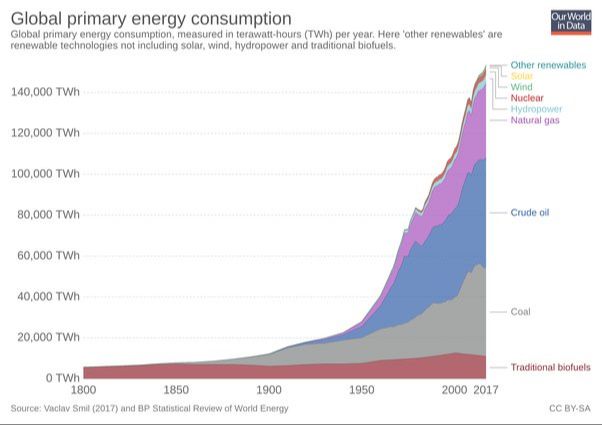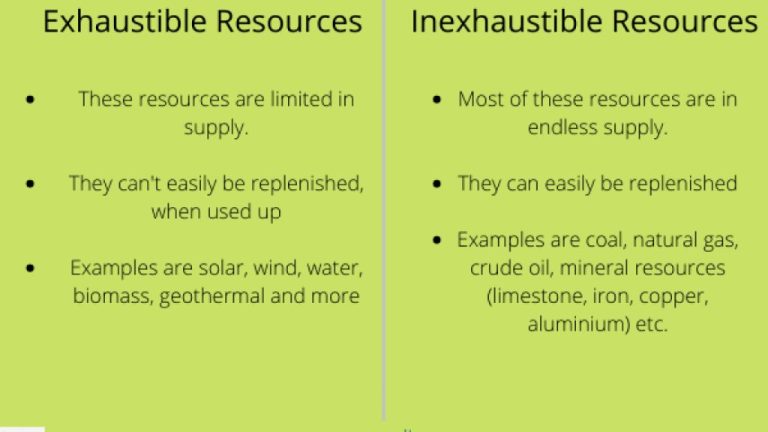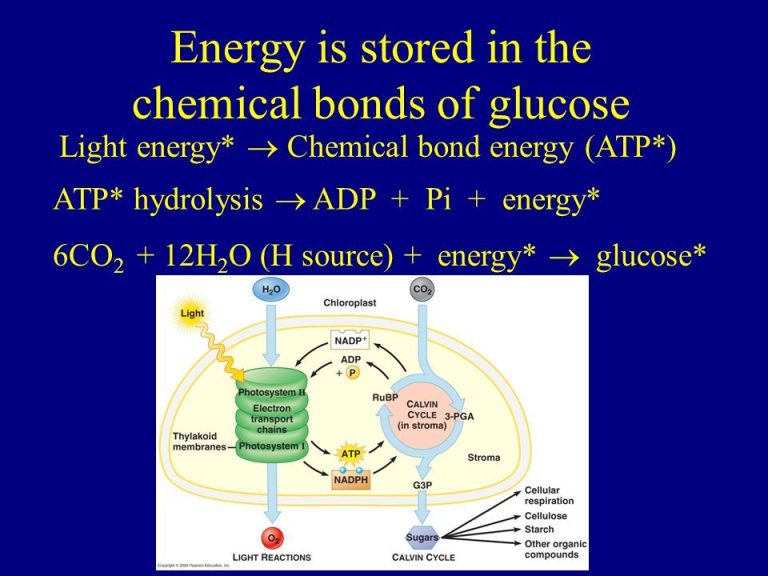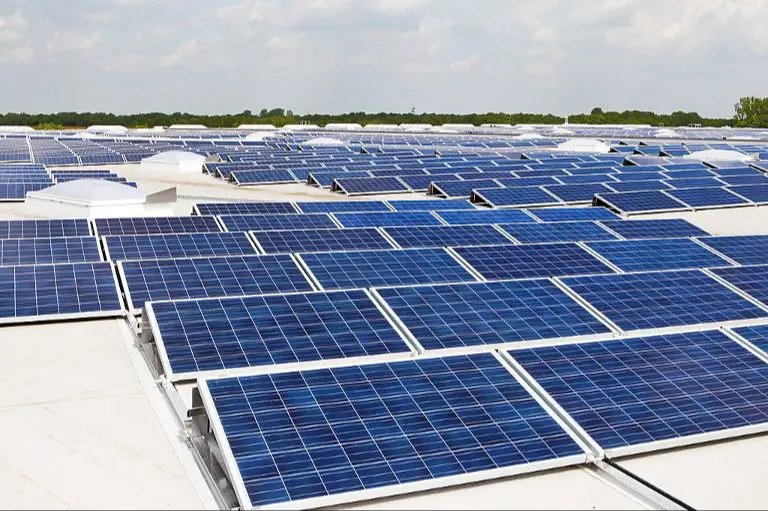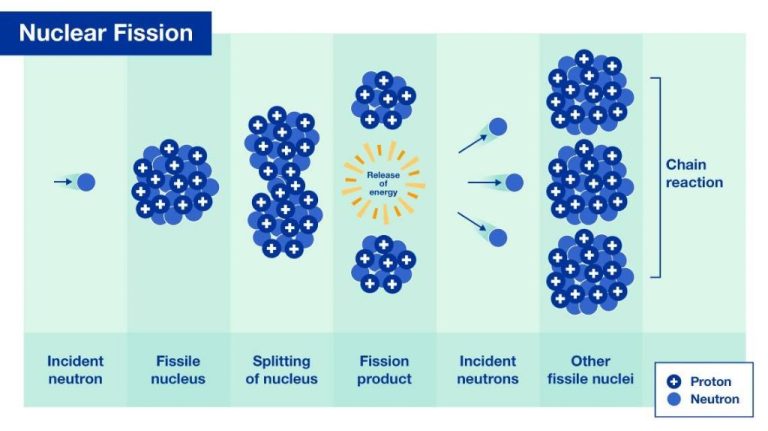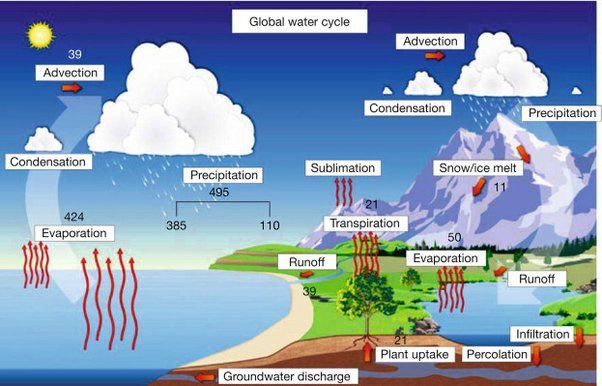What Are The Three Applications Of Mechanical Energy?
Mechanical energy is one of the most important and useful forms of energy in modern society. It refers to energy that can be used to perform mechanical work, which is the exertion of force over a distance. Mechanical energy comes in several different forms that can be readily converted into one another, making it extremely versatile and applicable in a wide range of situations.
The two main types of mechanical energy are potential energy and kinetic energy. Potential energy is stored energy based on an object’s position or shape. For example, a ball held at a height above the ground contains gravitational potential energy. Kinetic energy is energy of motion that a body has due to its velocity. A moving vehicle contains kinetic energy.
Understanding mechanical energy is crucial because nearly all machines and mechanical devices rely on converting forms of mechanical energy to do useful work. Mechanical energy powers everything from simple machines like levers and pulleys to complex systems like vehicle engines and industrial machinery. Learning about mechanical energy and its applications enables innovating and improving technology that shapes modern life.
Potential Energy
Potential energy is energy stored in an object due to its position or state. Some common examples of potential energy include:
- Compressed spring – the energy stored in a spring that is compressed or stretched from its relaxed state.
- Object at height – the gravitational potential energy of an object that is held at a height above the ground.
- Stretched rubber band – the elastic potential energy stored when deforming an elastic material like a rubber band.
- Raised weight – the energy stored when an object is lifted against gravity.
- Charged battery – the chemical potential energy stored in the chemicals of a battery.
- Nucleus of an atom – the nuclear potential energy that holds the nucleus together.
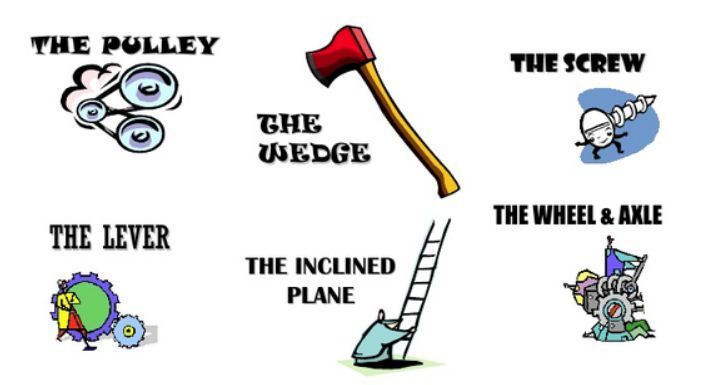
In each case, there is energy stored in the configuration of the object or system. This stored energy can often be released and converted into kinetic energy when the object is allowed to return to its minimum potential energy state.
Kinetic Energy
Kinetic energy is energy associated with motion. Any object that is moving has kinetic energy. The amount of kinetic energy depends on the mass and velocity of the object. The faster the object moves and the more massive it is, the more kinetic energy it possesses. Kinetic energy is directly proportional to an object’s mass and to the square of its velocity. Some common examples of kinetic energy include:
- A moving vehicle – the motion of the vehicle represents kinetic energy
- Flowing water in a river or stream – the water’s movement contains kinetic energy
- Wind – the motion of air molecules in wind carries kinetic energy
- Ocean waves – the wave motion transports kinetic energy
- A bouncing ball – the up and down motion of the ball demonstrates kinetic energy
Kinetic energy is often contrasted with potential energy, which is stored energy based on an object’s position or configuration. Kinetic energy is converted to other forms of energy when the object decelerates and its motion decreases. Understanding kinetic energy helps explain phenomena in physics, engineering, biology, ecology and other sciences.
Rotational Kinetic Energy
Rotational kinetic energy is the energy an object has due to its rotational motion around an axis. The faster an object rotates, the more rotational kinetic energy it possesses. Some examples of rotational kinetic energy include:
- A spinning flywheel – Flywheels store rotational kinetic energy and help smooth out the operation of machines.
- Fan blades – The rotating blades of a fan possess kinetic energy that allows them to propel air.
- Wheels on a moving vehicle – The wheels of cars, trucks, bicycles, etc. rotate as the vehicle moves, giving them rotational kinetic energy.
- Spinning figure skaters – When figure skaters pull their arms and legs in during a spin, they increase their rotational speed and kinetic energy.
The faster the rotation and the more mass an object has, the greater its rotational kinetic energy. Calculating rotational kinetic energy involves the object’s moment of inertia and its angular velocity. Understanding rotational kinetic energy helps engineers design better rotating machines and tools.
Work
Mechanical energy can be used to perform work. Work occurs when a force acts on an object over a distance. Some examples of using mechanical energy to do work include:
Lifting an object – When you lift something, like a weight or a box, you are using mechanical energy in the form of muscular force to move the object against the force of gravity. The work done is equal to the weight of the object multiplied by the height it is lifted.
Pulling a wagon – Pulling a wagon full of supplies requires mechanical energy to overcome friction and move the wagon forward. Your muscles provide the driving force to do work on the wagon.
Turning a crankshaft – In engines, fuel and combustion provide the energy to turn the crankshaft. This rotational kinetic energy allows the crankshaft to do work by turning gears, pulleys, and other components connected to it.
In all these examples, mechanical energy provides the ability to apply force over a distance, allowing useful work to be accomplished. Devices like levers, pulleys, gears, and cranks help transfer and control mechanical energy to harness it for doing work.
Power
Power is defined as the rate at which work is done using mechanical energy. It refers to how quickly or slowly mechanical energy is converted into work. Power is measured in watts or horsepower.
A common example of power is an engine’s horsepower rating. Horsepower measures how much power an engine can produce over time. For instance, a car engine with 300 horsepower can do work at a rate of 300 horsepower. This means the engine can exert a force to move the car at a faster rate than an engine with only 200 horsepower.
Other examples are the power ratings on appliances and tools. A vacuum cleaner with a higher wattage rating is able to do more work per unit of time by exerting greater force on debris. Power tools like drills and saws with higher horsepower ratings can cut through material faster than less powerful models.
In physics, power is defined by the equation:
Power = Work / Time
So power depends on both the amount of work and the time period over which the work is done. Doing a fixed amount of work in less time requires more power.
Vehicular Propulsion
Vehicles like cars, trucks, planes, and rockets rely on the conversion of potential and kinetic energy to provide propulsion. For example, gasoline contains stored chemical potential energy that is converted into kinetic energy when it combusts in a car’s engine. The kinetic energy from the exploding gasoline pushes pistons in the engine, which spin a crankshaft connected to the wheels and propels the vehicle forward.
Airplanes rely on the same principle, using potential energy stored in fuel to release kinetic energy from combustion that spins propellers or turbine engines to generate thrust. Rockets also follow this pattern, combusting fuel to accelerate hot exhaust gases out of the nozzle to produce thrust according to Newton’s third law of motion.
Beyond combustion engines, kinetic energy can also be stored in other forms for transportation. For example, compressed air tanks and flywheels can store kinetic energy for hybrid vehicles. Gravity assists and gravitational slingshots use the kinetic energy from planetary orbits to accelerate space probes. Understanding how to interconvert potential and kinetic energy enables the design of propulsion systems that provide efficient mobility.
Industrial Applications
Mechanical energy has many important industrial applications and is widely used in manufacturing, construction, mining, and other sectors. Some key examples include:
Manufacturing: Mechanical energy powers a huge range of machinery and equipment in manufacturing facilities, from conveyor belts to presses, lathes, drills, cutters, and more. Manufacturing relies heavily on rotational kinetic energy from motors and linear kinetic energy from actuators.
Construction: Cranes, bulldozers, excavators, and other heavy equipment used in construction convert potential energy from diesel fuel into mechanical energy to perform work. Pneumatic and hydraulic systems also use mechanical energy for powerful tools.
Mining: Mining operations depend on mechanical energy to power conveyor systems, drilling equipment, lifts, and ventilation machinery often located deep underground where electrical power is difficult to provide.
Materials Handling: Conveyors, elevators, cranes, and forklifts all utilize mechanical energy to move raw materials and products efficiently around facilities.
Logistics: The warehousing and distribution industries rely heavily on mechanical energy-powered equipment like conveyors and forklifts to sort, pick, pack and ship massive volumes of goods.
In general, nearly every aspect of industrial work depends on converting potential energy into useful mechanical energy to perform tasks.
Household Uses
Mechanical energy powers many common household items that we use on a daily basis. For example, can openers utilize gears and levers to amplify the force from your hand to cut open metal cans. The mechanical energy from your arm is transferred and transformed into the cutting motion of the can opener blade.
Blenders also operate using mechanical energy. When you press the blender buttons, electric energy is converted into the rotational kinetic energy that spins the blender blades very fast. This mechanical energy chops and pulverizes the contents into a smooth liquid or paste.
Garage door openers use mechanical energy to lift the heavy garage door. Most garage door openers consist of a motor that generates rotational kinetic energy. This energy is transmitted through gears and wheels to lift the door via a chain or drive shaft. Sensors detect when something is obstructing the door’s path to prevent damage.
Many other common household items also utilize mechanical energy in various forms. These include whisks, electric can openers, electric mixers, washing machines, vacuums, and power drills. In each case, an input energy source like human power, batteries, or electricity is converted into useful mechanical energy to accomplish everyday household tasks.
Conclusion
In conclusion, mechanical energy has three major applications that are essential to modern life. The first application is vehicular propulsion, where gasoline, diesel or electric engines convert chemical or electrical energy into mechanical energy that powers cars, trucks, ships, airplanes and trains. The mobility provided enables global trade, transportation, and economic prosperity.
The second key application is in industrial uses like production machinery, robotics, conveyor belts, and hydraulic equipment that assembles, shapes, lifts, and moves materials. This automation and mechanization enables mass production and construction on a huge scale.
The third vital application is in household devices and tools that harness mechanical energy for cleaning, cooking, climate control, entertainment and more. Appliances like refrigerators, washing machines, power drills and lawnmowers greatly benefit our everyday lives.
In summary, the ability to harness mechanical energy from various sources has enabled tremendous technological advances that are critical to modern civilization. Mechanical power touches almost every aspect of daily life, underscoring the importance of understanding and utilizing this essential form of energy.

